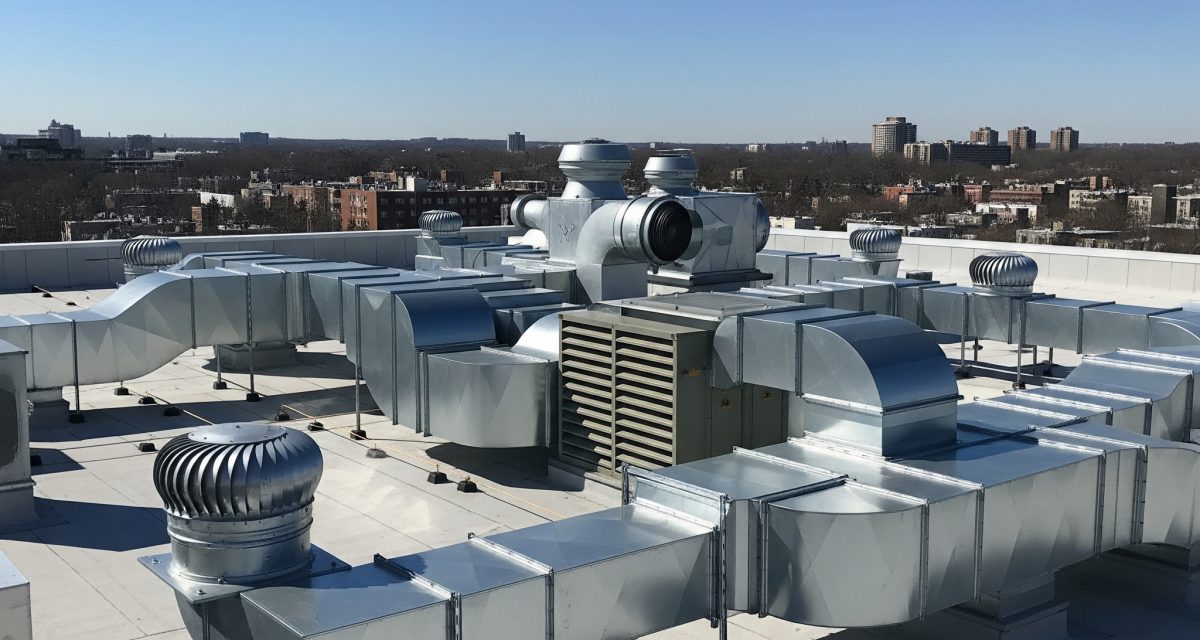Proper roof ventilation is one of the most overlooked elements of home construction and maintenance—but it’s absolutely essential for a healthy, long-lasting roof. Whether you’re dealing with ice dams in winter, excessive attic heat in summer, or rising energy bills, the right ventilation system can make all the difference.
At All State Roofing & Chimney, we’ve helped homeowners across New Jersey choose and install the best roof ventilation systems to match their climate, roof style, and insulation needs.
In this guide, we’ll explain why ventilation matters, the most common types of systems, and how to choose the best roof ventilation system in NJ for your home.
Need professional ventilation help? Call (862) 295-7864
Or request your free inspection
Why Roof Ventilation Matters in New Jersey
New Jersey homes experience all four seasons—from freezing winters to humid summers. Without proper attic ventilation, you may face:
-
Ice dams and water leaks in winter
-
Overheated attics in summer
-
Higher energy bills year-round
-
Moisture buildup that causes mold and wood rot
-
Shortened roof lifespan
The goal of a proper ventilation system is to allow air to flow in and out of the attic space, regulating temperature and moisture levels.
Signs You Need Better Roof Ventilation
If you’re unsure whether your roof is ventilated properly, look for these signs:
-
Uneven shingle wear or curling
-
Condensation or frost in the attic
-
Ice buildup at roof edges in winter
-
Hot upper floors or high A/C bills in summer
-
Rust on attic nails or HVAC equipment
-
Mold, mildew, or a musty attic smell
Key Types of Roof Ventilation Systems
There are two main types of roof ventilation: intake and exhaust. The best systems use a combination of both to create airflow.
1. Ridge Vents (Exhaust)
Installed along the roof peak and virtually invisible from the ground. They allow warm air to escape naturally.
Pros:
-
Even ventilation across the entire roof
-
No moving parts (low maintenance)
-
Aesthetic appeal—blends into the roofline
Best for: Gable or hip-style roofs with long ridges
2. Soffit Vents (Intake)
Located under the eaves of your roof to bring in cool air from the outside.
Pros:
-
Critical part of a balanced system
-
Low cost and easy to install
-
Helps prevent attic condensation
Best for: All roof types when paired with ridge or gable vents
3. Gable Vents (Exhaust or Intake)
Installed on the exterior wall at the peak of gables. They promote cross-ventilation if both ends are vented.
Pros:
-
Easy retrofit for older homes
-
Good airflow when paired properly
Best for: Homes with steep gable roofs
4. Roof Louvers or Box Vents (Exhaust)
Square or round static vents placed near the roof ridge.
Pros:
-
Inexpensive
-
No power required
-
Common for smaller roofs
Best for: Simple roof layouts without a ridge vent
5. Turbine Vents (Exhaust)
Use wind to spin the turbine and draw hot air out of the attic.
Pros:
-
Moves more air than static vents
-
No electricity needed
-
Affordable
Cons:
-
Noisy in high winds
-
Less effective without steady breezes
6. Powered Attic Fans (Exhaust)
Motorized fans that pull hot air from the attic. Can be wired or solar-powered.
Pros:
-
Rapid attic cooling
-
Reduces A/C load in summer
Cons:
-
Requires electricity or solar panels
-
May create negative pressure if not balanced with intake vents
-
Can pull conditioned air from your living space
How Much Ventilation Do You Need?
The general rule in NJ (and across the U.S.) is 1 square foot of ventilation per 150 square feet of attic floor space, split evenly between intake and exhaust.
For example:
A 1,500 sq. ft. attic would require 10 sq. ft. of total ventilation—5 for intake, 5 for exhaust.
Bonus: If your attic has a vapor barrier, you may be able to use a 1:300 ratio instead.
Choosing the Best System for Your NJ Home
Several factors go into picking the right system:
1. Roof Type and Pitch
-
Ridge vents are ideal for homes with a long, unbroken roofline
-
Box or gable vents may be needed on complex roofs
2. Attic Layout
-
Small or tight attics benefit from powered fans
-
Larger attics work well with ridge/soffit combos
3. Climate Concerns
-
In humid areas of NJ, ventilation helps prevent condensation and mold
-
In snowy zones, proper airflow reduces ice dams
4. Aesthetic Preferences
-
Ridge vents are more discrete
-
Box and turbine vents are more visible but may be necessary
5. Energy Goals
-
Solar-powered fans reduce heat buildup and energy bills
-
Balanced natural ventilation can also lower cooling costs
Professional Ventilation Installation in NJ
Correct ventilation requires more than just cutting holes in your roof. It demands a balanced system, knowledge of local codes, and attention to airflow dynamics.
At All State Roofing & Chimney, we:
-
Inspect your attic and roofing system
-
Identify current ventilation issues
-
Recommend the right intake/exhaust combination
-
Install vents with expert care and warranty coverage
-
Repair or replace vents damaged by storms or age
Schedule a ventilation inspection at (862) 295-7864
Or use our Free Estimate form
Final Thoughts
The best roof ventilation system for your NJ home depends on your roof design, attic size, and local climate. A well-designed system can improve your comfort, lower your energy costs, prevent mold, and extend the life of your roofing materials.
Don’t overlook this critical part of your roofing system. Contact All State Roofing & Chimney today for expert guidance and professional installation you can trust.
